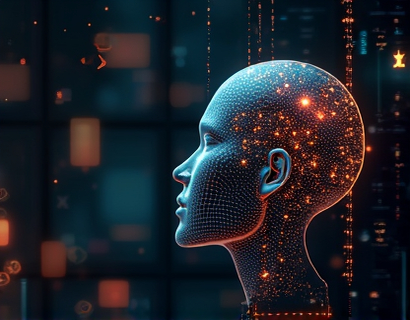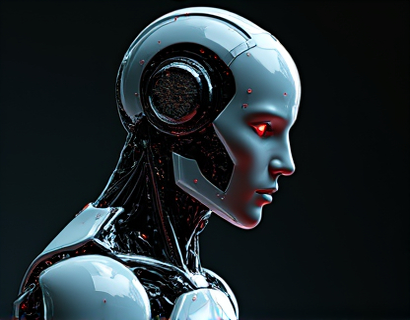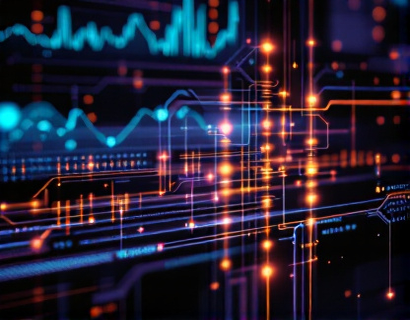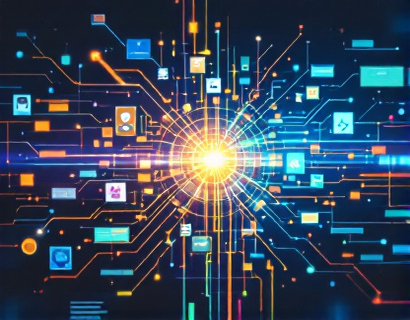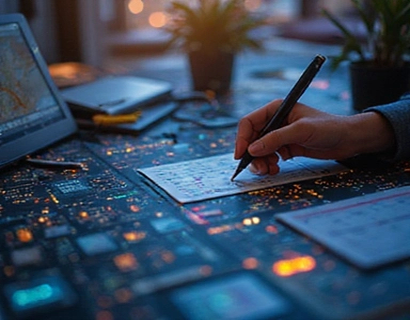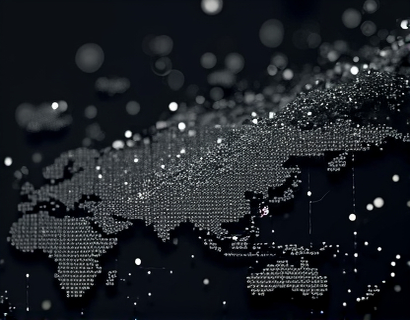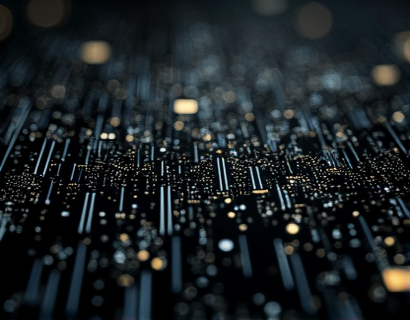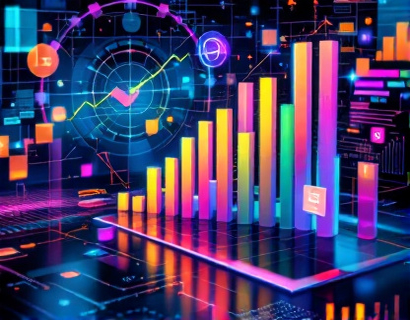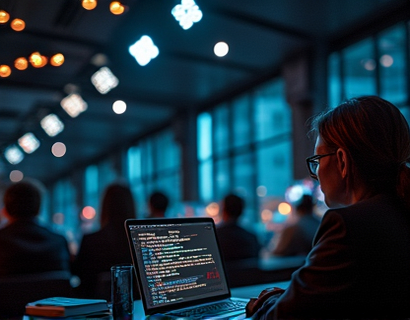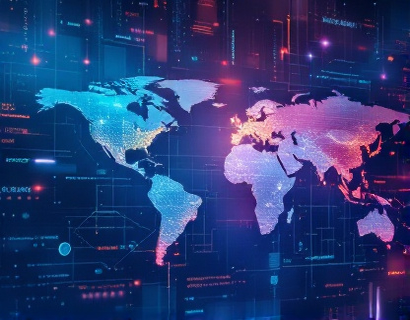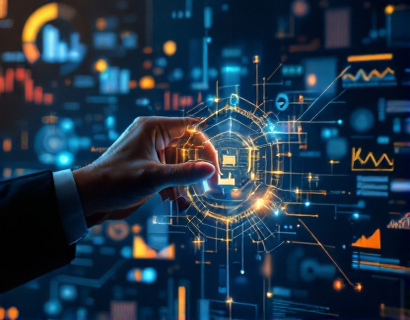Unlocking Next-Gen Productivity: The Synergy of Crypto and AI
The digital age has ushered in a revolution in productivity tools, driven by the powerful combination of cryptocurrency and artificial intelligence. This synergy is reshaping how tech enthusiasts and digital visionaries approach tasks, offering innovative solutions that streamline workflows and enhance efficiency. This article delves into the cutting-edge applications of crypto and AI, exploring how these technologies are merging to create a new paradigm in digital productivity.
The intersection of cryptocurrency and AI is a fertile ground for innovation, with each technology complementing the other in unique ways. Cryptocurrency, with its decentralized and secure nature, provides a robust foundation for building trust and transparency in AI-driven applications. Meanwhile, AI's ability to process vast amounts of data and learn from patterns enables the creation of smart, adaptive systems that can significantly boost productivity.
Enhancing Task Management with Blockchain
One of the most promising applications of blockchain technology in productivity is in task management. Blockchain can create immutable and transparent task databases, ensuring that all participants in a project have real-time access to the same information. This reduces the risk of errors and miscommunications, which are common in traditional task management systems.
Smart contracts, self-executing contracts with the terms directly written into code, can automate task assignments and payments. For instance, a smart contract can automatically release payment to a freelancer once the milestones are met and verified by the client. This not only speeds up the payment process but also eliminates the need for intermediaries, reducing costs and increasing efficiency.
AI-Powered Predictive Analytics
AI's strength lies in its ability to analyze large datasets and provide insights that humans might miss. In the context of productivity, AI-powered predictive analytics can forecast project timelines, resource allocation, and potential bottlenecks. By analyzing historical data, AI can identify patterns and trends, enabling teams to make informed decisions and adjust their strategies proactively.
For example, an AI system can analyze past project data to predict the likelihood of delays based on various factors such as team size, complexity of tasks, and external dependencies. This predictive capability allows project managers to allocate resources more effectively and take preventive measures to avoid delays, thereby enhancing overall productivity.
Decentralized Collaboration Platforms
The traditional centralized models of collaboration often suffer from bottlenecks and security concerns. Decentralized collaboration platforms, powered by blockchain and AI, offer a more secure and efficient alternative. These platforms use blockchain to ensure data integrity and AI to optimize collaboration workflows.
In a decentralized environment, team members can contribute to a shared project repository without the need for a central authority. AI algorithms can manage access controls, ensuring that only authorized users can modify specific parts of the project. Additionally, AI can facilitate real-time translation and communication, breaking down language barriers and enhancing global collaboration.
Intelligent Automation and Robotic Process Automation (RPA)
Automation is a key driver of productivity, and the combination of AI and blockchain takes it to the next level. Intelligent automation, particularly through Robotic Process Automation (RPA), can handle repetitive and rule-based tasks with high accuracy and speed. AI enhances RPA by enabling systems to learn from past operations and adapt to new tasks, reducing the need for manual intervention.
For instance, in financial services, AI-driven RPA can automate the process of data entry, reconciliation, and reporting. Blockchain ensures that all transactions are recorded securely and transparently, providing an immutable audit trail. This not only increases efficiency but also enhances trust and compliance.
Enhanced Security through Cryptographic Techniques
Security is a critical concern in any digital platform, and the integration of cryptographic techniques with AI and blockchain provides a robust solution. Cryptographic methods ensure that data is encrypted both in transit and at rest, protecting it from unauthorized access. AI can further enhance security by detecting and responding to anomalies in real-time.
For example, AI-powered security systems can monitor network traffic and user behavior to identify potential threats. By analyzing patterns and flagging suspicious activities, these systems can prevent breaches before they occur. Blockchain's decentralized nature adds an additional layer of security, as there is no single point of failure that can be exploited.
Personalized Productivity Tools
AI's ability to understand individual preferences and work styles makes it an ideal partner for creating personalized productivity tools. By analyzing user behavior and performance data, AI can tailor recommendations and tools to suit each user's unique needs. This personalization can significantly boost productivity by ensuring that users have the right tools and information at their fingertips.
For instance, an AI-driven productivity assistant can suggest optimal work schedules based on the user's productivity patterns, recommend relevant resources for learning new skills, and even predict and prevent burnout by monitoring work-life balance. These personalized insights and recommendations can help users stay focused and efficient.
Supply Chain Optimization
The supply chain is another area where the synergy of crypto and AI can drive significant improvements. Blockchain can provide a transparent and tamper-proof record of every step in the supply chain, from raw materials to the final product. AI can optimize various aspects of the supply chain, such as inventory management, logistics, and demand forecasting.
For example, AI algorithms can analyze market trends and consumer behavior to predict demand accurately, reducing excess inventory and stockouts. Blockchain ensures that all supply chain participants have access to the same real-time data, enhancing coordination and reducing delays. Smart contracts can automate payments and ensure compliance with contractual obligations, further streamlining the process.
Conclusion
The convergence of cryptocurrency and AI is opening up new possibilities for enhancing productivity in the digital age. From secure and transparent task management to intelligent automation and personalized tools, the applications are vast and varied. As these technologies continue to evolve, we can expect even more innovative solutions that will redefine how we work and collaborate.
For tech enthusiasts and digital visionaries, embracing this synergy can lead to significant advancements in productivity and efficiency. By leveraging the strengths of both crypto and AI, we can build a more secure, transparent, and efficient digital landscape.





